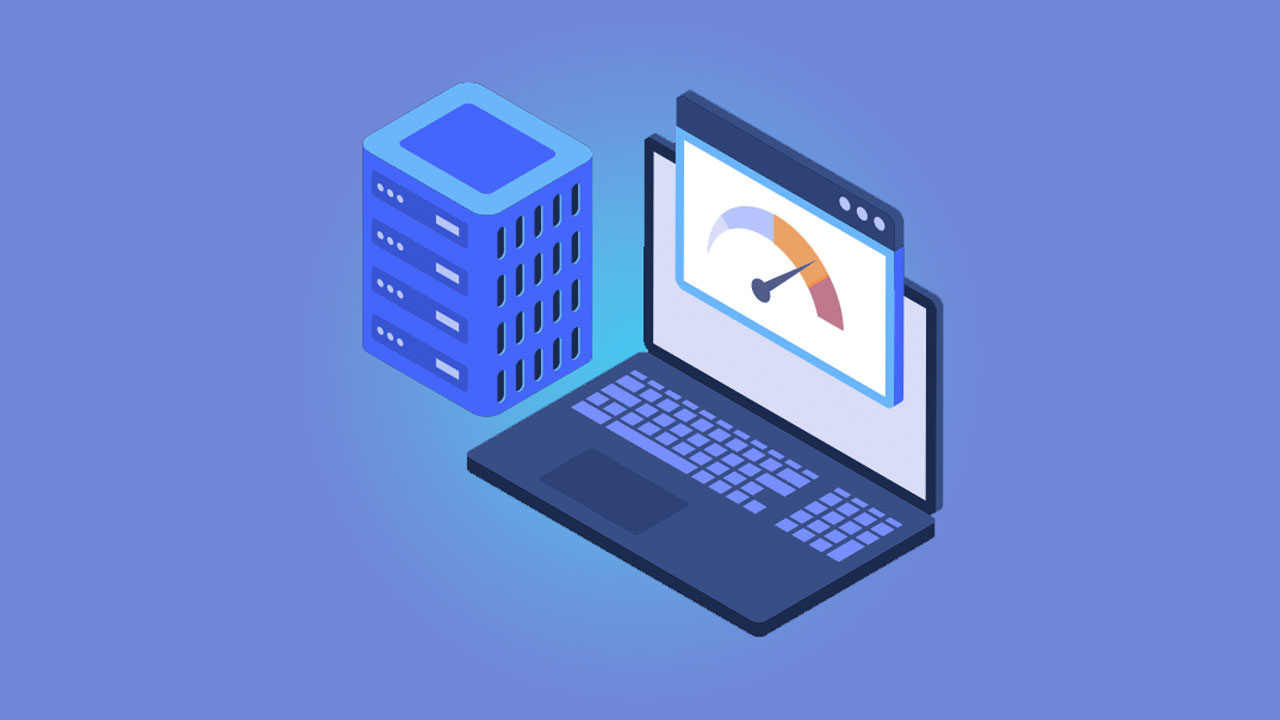Many companies and individuals depend on servers from hosting providers to keep their files and website stored safely. However, some want to put a little money back in their pocketbook by doing self-hosting and create their own web server. Here are some things to consider if you are wondering How to Create Your Own Web Server At Home.
Elements Of A Web Server
When setting up a web server, there are a few essential elements one should know; the LAMP Stack.
- Linux: is a popular lightweight and protected the operating system for web servers.
- Apache: software used to control HTTP procedure that transports content from the server to the browser.
- MySQL: common engine database that is used for database websites.
- PHP: language used between websites. PHP is more common in website scripts such as WordPress.
Choosing Hardware
When building your own web server, you must first decide what you are going to use it for and choose the correct hardware that can host it. Some things to keep in mind are the requirements. How many users do you expect to have? Will you need a lot of storage? Typically, when building your own web server, you do not have to put a lot of expense into it. You can typically use your own computer and run the correct software needed for your server. However, if your computer is a little outdated, there are a few requirements that must be met if you plan on running your server for a lengthy amount of time.
System Requirements
Minimum requirements include:
- Cloud hosting, dedicated server or a hybrid server
- CentOS 7+ (Linux)
- 512 MB RAM
- 2GB Disk Space
Decide on Operating System
Once you have decided the hardware you will be using; you need to choose which operating system you plan on using to build your server. There are two main choices – Linux or Microsoft Windows.
Linux is a common operating system used because of the cost and customization accessibility Linux also is said to be more secure, with less malware for hackers. However, if you choose to use Microsoft Windows, you will need to purchase a license.
This does not mean that Linux is entirely safe from being hacked, it will depend on whether your software is current, and if you have correctly configured your server.
Proper Connection
Creating your web server means you will need a steady and reliable internet connection to withstand your website’s traffic. Your upload and download speeds are also a necessity, and while normal residential internet connections offer a higher download speed, the upload speeds are typically lower. Keep in mind, the quicker you can upload your website content for each customer will depend on your upload speed. If you have high traffic to your site, keep in mind each user will be sharing the same connection, which can slow your page down.
There are multiple upload and download speed testers to help you figure out your speeds. In the case you have an ISP data limit on your connection, this can affect your speed as well. You may need to change providers if you have this cap on your internet connection.
Setting Up Your Server
Now that you have chosen your hardware, operating system and have tested out your connection, it is time to set up your software in which you will use to present your website. The type of software in which you use will depend on the type of operating system you are running.
Windows Server will need to install IIS along with the webserver add-on. This can be accessed from the Microsoft website. However, if you chose Linux, Apache, Lighttpd, or NGINX, there are three options for you to install and can be accessed from the Apache website.
Before installing your server, you may need to open specific ports on your router and firewall to access web traffic. Ports 443 and 80 are the two main ports that will need to be sure are open to allow traffic to your site. Information security is key area when setting up your server so setup your firewall, certificates and the likes properly at this stage of the setup.
Once you have completed the server set-up, it is time to configure your site for traffic. Typically, servers will come along with a test page that can be viewed once the server is successfully installed. Once you have tested the page, and everything is working correctly, you can replace the test page with your files from your website.
Setting Up a Domain Name
Once everything is operating correctly, your final step is to select a domain name for your clients or customers to find you. If you do not choose a domain name, visitors will only be able to locate your page by typing in your UP address.

First, you must purchase your domain name from a domain registrar, or you can register for a subdomain at no charge. Once you have your domain or subdomain name, you will need to complete the set-up process to the correct DNS entry for your domain to gain access to your IP address.
You can find steps from your registrar on how to complete this process.
Once you have completed the above steps, within a few hours, your domain name will go into effect, and the server will be ready to use.
Now you have set up your web server successfully, you can install common software or upload your files to your server. As you can see, creating your own web server can be easy and cost-effective for your business. Also, having your own web server gives you the peace of mind knowing that you and not a third party are handling your important files.
